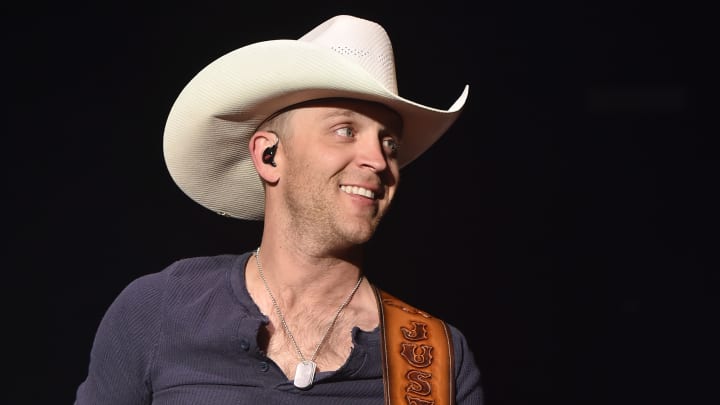The Influence of Country Music on American Fashion: From Cowboy Boots to Modern Trends

The origins of country music fashion can be traced back to the early 20th century, when artists began to adopt a distinctive look that reflected their rural and working-class roots. Early country stars like Hank Williams and Patsy Cline popularized the use of cowboy hats, boots, and Western wear, creating a visual identity that became synonymous with the genre. This "country" aesthetic, characterized by its rugged and practical style, reflected the everyday lives of the artists and their communities.
In the 1950s and 1960s, the influence of country music on fashion continued to grow, with artists like Johnny Cash and Loretta Lynn embodying the genre's distinctive style. Johnny Cash's all-black wardrobe, often referred to as the "Man in Black," became a symbol of his persona and his commitment to addressing social and political issues through his music. Loretta Lynn's elegant yet practical outfits, including floral dresses and Western boots, highlighted the genre's connection to both traditional and contemporary fashion trends.
The 1970s and 1980s saw a resurgence of country music fashion with the rise of the "Outlaw" movement. Artists like Willie Nelson and Waylon Jennings embraced a more relaxed and individualistic style, reflecting their rebellious spirit and desire to break away from mainstream conventions. This era saw the popularity of denim jackets, leather vests, and bandanas, which became staples of the country music wardrobe.
In the 1990s and 2000s, the influence of country music on fashion evolved with the emergence of "New Country" and crossover artists. Stars like Garth Brooks and Shania Twain brought a contemporary flair to country fashion, blending traditional elements with modern styles. Garth Brooks' energetic performances and casual attire, including jeans and baseball caps, resonated with a broader audience, while Shania Twain's glamorous outfits and high-fashion looks helped to elevate the genre's profile on the global stage.
Today, country music continues to influence American fashion, with contemporary artists like Kacey Musgraves and Chris Stapleton incorporating a mix of traditional and modern elements into their looks. Kacey Musgraves' eclectic style, featuring vintage-inspired pieces and bold accessories, reflects the genre's adaptability and connection to current fashion trends. Chris Stapleton's classic yet understated style, including flannel shirts and rugged boots, maintains the genre's authenticity while appealing to a contemporary audience.
The impact of country music on fashion extends beyond the genre itself, influencing mainstream trends and popular culture. The iconic imagery of cowboy hats, boots, and Western wear has been embraced by designers, retailers, and celebrities, contributing to the genre's ongoing influence on American fashion. Country music's connection to rural and working-class aesthetics also reflects broader cultural values and ideals, shaping perceptions of style and identity.
In conclusion, country music has had a lasting impact on American fashion, shaping styles and trends through its distinctive imagery and cultural associations. From early icons to contemporary stars, country artists have influenced fashion by embodying the genre's unique aesthetic and reflecting its evolving trends, demonstrating the genre's enduring significance in the world of fashion.